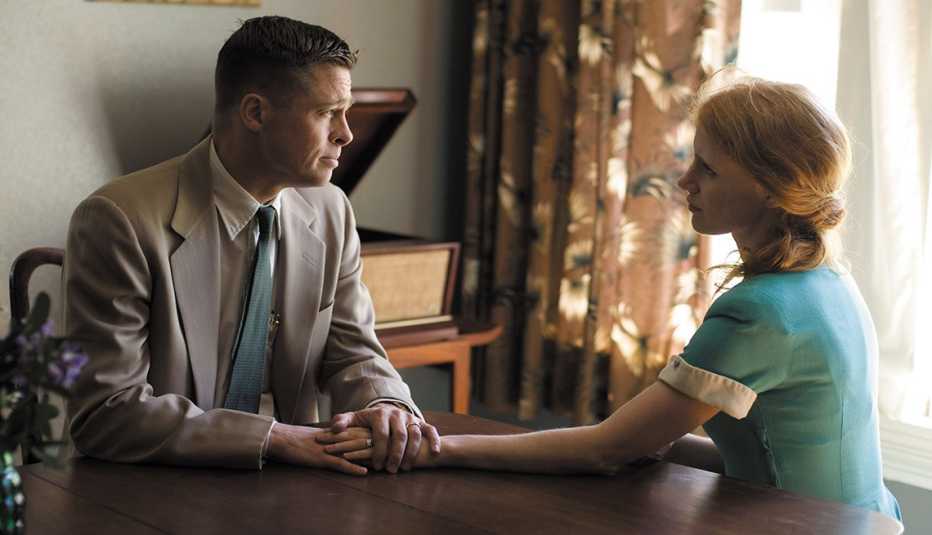Staying Fit


As Nicole Kidman might have put it in her famous AMC Theaters promo video, “We turn to the movies at Easter for magic.” Whether we celebrate Holy Week or not, great movies can rekindle our hopes. When all seems lost, they can help us believe in dreams that come true, a love stronger than any trouble and, yes, even resurrection.
The Miracle Maker (2000)
When you think of actors who played Jesus on screen, who comes to mind? Willem Dafoe in Martin Scorsese’s 1988 The Last Temptation of Christ? Enrique Irazoqui in Pier Paolo Pasolini’s 1964 The Gospel According to St. Matthew? Jim Caviezel’s rigorous imitation of Christ and his physical torments in Mel Gibson’s 2004 The Passion of the Christ? All memorable, but Ralph Fiennes’ voice acting in this British claymation adaptation of the four Gospels is a standard yet to be surpassed. Here’s a movie that makes the Jesus story accessible and engaging for all ages without sacrificing substance or visual artistry.
Watch it: The Miracle Maker on Prime Video


AARP Membership— $12 for your first year when you sign up for Automatic Renewal
Get instant access to members-only products and hundreds of discounts, a free second membership, and a subscription to AARP the Magazine.
Babette’s Feast (1987)
Film offers no greater Easter feast than 1987’s Oscar winner about a French chef who gives everything she has to serve two aging Danish sisters who rescued her from counterrevolutionary terrors in 19th century France. When something like a miracle occurs, Babette sees an opportunity to bless her weary, troubled neighbors with something they’ve never allowed themselves to imagine: a true French banquet that just might resurrect their neglected taste buds and dazzle their atrophied imaginations. Will they condemn her as a witch sent by Satan? Or open themselves to the heavenly revelations of a wildly sensual experience? Babette dares to suggest that the meaning of life might be found not by rejecting our bodily desires but by embracing them. It’s hard to believe that a 1950 Ladies’ Home Journal story became such a cinematic marvel.
Watch it: Babette’s Feast on the Criterion Channel, HBO Max
My Neighbor Totoro (1988)
After the children have found the Easter eggs in the yard, bless them with an Easter gift of Hayao Miyazaki’s glorious animated classic about a giant, fuzzy, egg-shaped creature called Totoro. When little Mei, preteen Satsuki and their father move into a fixer-upper at the edge of a mysterious wood, their business cleaning up the place is not enough to keep the girls’ fears at bay. Luckily, the woods are home to an otherworldly guardian surrounded by a flock of miniature Totoros and puffs of ash called “soot sprites.” With the help of a giant unit of public transit called Catbus, Totoro gives the girls hope that life can grow out of what seems to be nothing. When the girls bless Totoro with the gift of an umbrella in a rainstorm — one of the most joyous sequences in all of cinema — Totoro returns the favor with a vision of a great umbrella-shaped tree. It looks like a mushroom cloud, but it’s a subversive image representing life, grace and provision in a time of trouble and threat. This is a movie ablaze with the audacity of hope.
Watch it: My Neighbor Totoro on HBO Max




































































More From AARP
19 Life Lessons From Roma Downey
The actress and author shares wise words for living a happy life
43 of Spring’s Top Books
This season is blooming with fun fiction, chilling thrillers, celebrity memoirs and more great reads
How Wirewalker Philippe Petit Defies Death and Embraces Life at 73
The star of the Oscar documentary ‘Man on Wire’ reveals the secrets of a balanced life